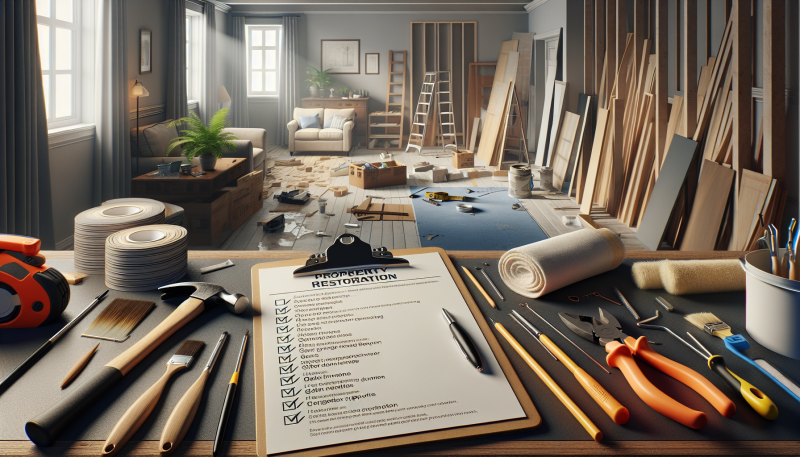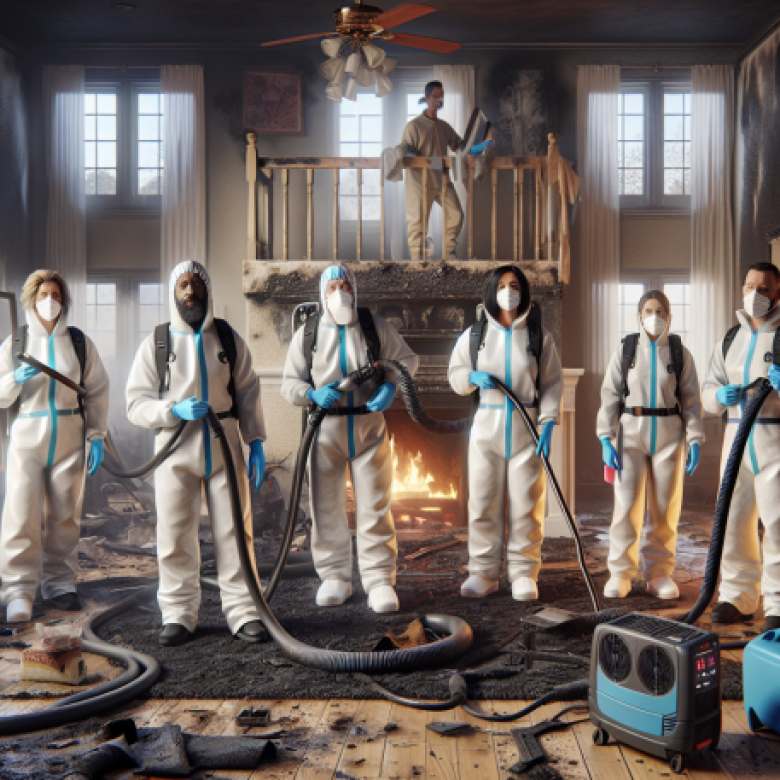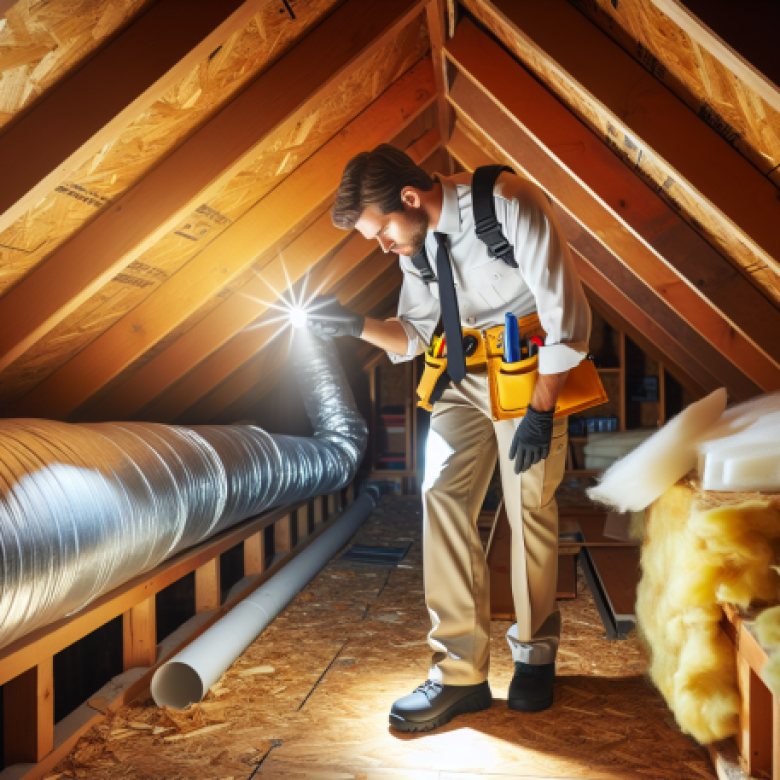**How to Prepare for a Property Restoration Visit**
Are you facing the daunting task of preparing for a property restoration visit? Knowing how to effectively prepare can make a significant difference in the restoration process. At Projekt Restoration, we specialize in water, fire, and mold restoration, and we’re here to guide you through the essential steps to ensure a smooth and efficient visit.
Preparation involves several key actions, such as documenting the damage, clearing the area, and communicating your concerns with the restoration team. By taking these steps, you can help our experts assess the situation more accurately and expedite the restoration process. Remember, a well-prepared environment allows for a quicker and more effective restoration, minimizing further damage to your property.
But these steps are just the beginning of what you need to know. In this article, we’ll delve deeper into each preparation step, offering expert insights and practical tips to help you get ready for your property restoration visit. Let’s explore how you can make this process as seamless as possible, ensuring your property is restored to its former glory with the help of our dedicated team at Projekt Restoration.
Understanding Property Restoration
Property restoration involves repairing and revitalizing properties affected by damage. This process is crucial for maintaining property value and ensuring safety. Without timely restoration, issues can escalate, leading to more extensive damage and costly repairs.
Common scenarios that necessitate restoration include water damage, fire damage, and mold infestations. Water damage can stem from leaks, floods, or burst pipes, often resulting in structural issues. Fire damage not only destroys property but can also leave behind hazardous residues. Mold growth, on the other hand, poses health risks and can compromise indoor air quality.
Restoration professionals play a vital role in addressing these challenges. They offer a range of services, including water damage restoration, fire damage restoration, and mold removal. These experts assess the damage, develop a restoration plan, and execute the necessary repairs. Their expertise ensures that properties return to a safe and habitable condition, ultimately preserving their value and integrity.
Initial Assessment of Damage
Before the restoration team arrives, conducting a thorough preliminary assessment of the damage is crucial. Start by inspecting the structural integrity of your property. Look for visible cracks, sagging ceilings, or warped walls. Next, evaluate the electrical systems. Check for exposed wires, flickering lights, or unusual odors. These signs can indicate serious issues that need immediate attention.
Don’t overlook the plumbing. Inspect for leaks, water stains, or damp spots, as these can lead to further complications. Additionally, pay attention to any signs of mold growth, which can pose health risks.
Documenting the damage is essential for insurance claims. Take clear, detailed photos of all affected areas. Capture wide shots to show the overall damage and close-ups for specific issues. Alongside photos, jot down notes describing the extent of the damage. This information will support your claim and help the restoration team understand the situation better. For more guidance, consider visiting our contact page or use our calculator to estimate restoration costs.
Preparing Your Property for the Visit
To prepare your property for the restoration visit, start by securing the premises. First, turn off all utilities, including water, gas, and electricity. This step prevents further damage and ensures safety for everyone involved. Next, lock all doors and windows to keep the area secure.
Removing personal belongings and valuables from affected areas is crucial. This action not only protects your items but also allows restoration professionals to work efficiently. Consider relocating important documents, electronics, and sentimental items to a safe space.
Additionally, create a designated area for restoration professionals to operate. Clear pathways and ensure they have easy access to the damaged zones. This setup enhances their ability to assess and address the situation quickly. For more information on how to handle specific types of damage, visit our water damage page or explore our fire damage restoration services. By taking these steps, you facilitate a smoother restoration process and protect your property effectively.
Communicating with Restoration Professionals
Effective communication with restoration professionals is crucial for a successful recovery process. Clearly outlining the extent of the damage helps the team understand your situation better. This clarity allows them to devise an appropriate plan tailored to your needs.
When speaking with the restoration team, consider asking specific questions. Inquire about the estimated timeline for the project. Understanding the methods they will use is also essential. Additionally, discuss the costs involved to avoid any surprises later.
Sharing information about any previous restoration work or repairs is equally important. This background can influence the current restoration strategy. It ensures that the team is aware of past issues, which may affect their approach.
For more detailed insights, you might want to explore our contact page or use our calculator to estimate potential costs. Remember, open dialogue fosters trust and leads to a more efficient restoration experience.
Understanding the Restoration Process
The restoration process typically begins with a thorough assessment. Professionals evaluate the extent of the damage and identify affected areas. Following this, the cleanup phase commences. This step often involves removing debris and contaminated materials. Advanced techniques, such as dehumidification, help eliminate excess moisture, which is crucial for preventing mold growth.
Next, repairs take place. This may include structural repairs and restoring damaged surfaces. Restoration experts utilize specialized equipment, such as air movers, to enhance airflow and expedite drying. These tools play a vital role in ensuring a successful restoration.
The timeline for restoration can vary significantly. Factors such as the severity of the damage and the type of materials involved influence the duration. Generally, minor repairs may take a few days, while extensive damage could extend the process for weeks. Understanding these steps and techniques can help property owners prepare effectively. For more information, consider visiting our contact page or use our calculator for estimates.
Insurance Considerations
When preparing for a property restoration visit, understanding how to file a claim with your insurance company is crucial. Start by contacting your insurer to report the damage. Provide them with detailed information about the incident. This includes the date, type of damage, and any immediate actions you took. Typically, damages from fire, water, and mold are covered, but always check your policy for specific exclusions.
Next, document everything. Take photos of the damage and keep receipts for any repairs or temporary fixes. This documentation will support your claim and help expedite the process. When working with adjusters, be proactive. Schedule a meeting to discuss the damages and ensure they understand the full extent of the situation.
Additionally, familiarize yourself with your policy limits and deductibles. This knowledge will help you set realistic expectations. For more information on restoration services, visit our contact page or use our calculator to estimate potential costs. Proper preparation and communication can significantly ease the claims process.
Post-Restoration Follow-Up
After the restoration is complete, conduct a thorough inspection of the property. Check for any lingering issues that may require attention. Next, ensure that all areas are cleaned properly to eliminate any debris or contaminants. This step is crucial for maintaining a safe environment.
Additionally, keep detailed records of the restoration work performed. Documenting the process helps in future assessments and can be invaluable for insurance claims. It also provides a reference for any subsequent maintenance or repairs.
To prevent future damage, establish a routine maintenance schedule. Regular inspections can identify potential issues before they escalate. Consider implementing moisture control measures, such as dehumidification, to reduce the risk of mold growth. For more information on effective strategies, visit our dehumidification page.
Moreover, invest in professional consultations to assess your property’s vulnerabilities. This proactive approach can save you time and money in the long run. For assistance, reach out through our contact page.
Frequently Asked Questions (FAQs)
When you discover damage, act quickly. First, ensure your safety and turn off utilities if necessary. Document the damage with photos for your records. Next, contact a professional restoration team. They can assess the situation and provide guidance.
The restoration process varies based on the extent of the damage. Typically, it can take anywhere from a few days to several weeks. Factors such as the type of damage and the size of the affected area influence the timeline. For a more accurate estimate, consider using our calculator.
Insurance coverage is another common concern. Many policies cover restoration costs, but it’s essential to review your specific plan. If you have questions during the restoration, don’t hesitate to reach out to your restoration team. They are there to help and provide updates.
To ensure you hire a qualified and reputable team, check their credentials and reviews. Look for certifications and experience in the field. For more information on our services, visit our contact page. Trust is key in this process, so choose wisely.
Resources for Further Information
For those seeking further information on property restoration, several reputable organizations and websites can provide valuable insights. The Institute of Inspection, Cleaning and Restoration Certification (IICRC) offers extensive resources on industry standards and best practices. Additionally, the Restoration Industry Association (RIA) provides guidelines and educational materials tailored for restoration professionals.
Books such as "The Complete Guide to Home Repair and Maintenance" by Black & Decker are excellent for homeowners. This guide covers essential maintenance tasks and restoration techniques. Another useful resource is "Water Damage Restoration: A Practical Guide" by John Doe, which delves into effective strategies for managing water damage.
If you need local assistance, consider reaching out to professionals in your area. For instance, Project Restoration offers expert services tailored to your needs. You can also use the calculator on their website to estimate restoration costs. For specialized services, look into Sunrise Restorations, which focuses on comprehensive restoration solutions.
Conclusion
In summary, preparing for a property restoration visit involves several crucial steps. First, assess the damage thoroughly to understand the extent of the issue. Next, gather all relevant documentation, including photographs and insurance information. This preparation not only streamlines the process but also helps professionals address your needs effectively.
Moreover, it’s essential to communicate openly with restoration experts. They can provide valuable insights and recommendations tailored to your situation. By taking these proactive steps, you enhance the chances of a successful restoration.
Remember, working with professionals is vital for effective restoration. Their expertise ensures that all aspects of the damage are addressed properly. For more information on how to proceed, consider visiting our contact page or explore our calculator for estimates. Ultimately, your readiness and collaboration with experts will lead to a smoother restoration experience.





